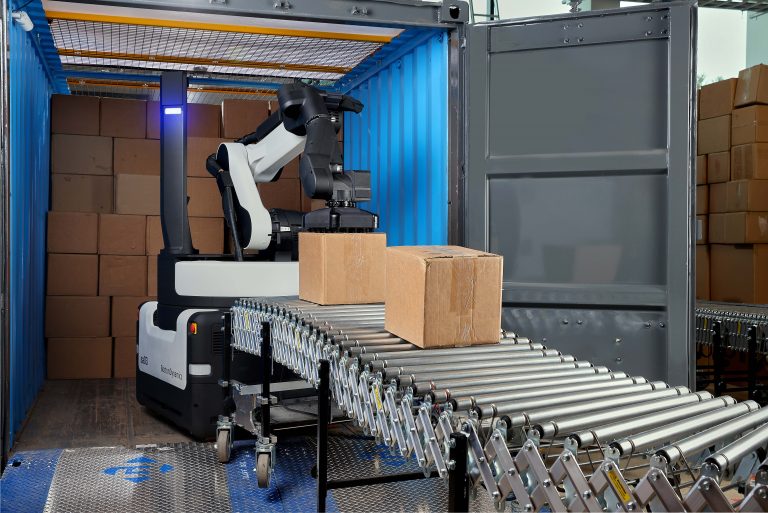The forerunner of the container vessel was the traditional freighter which simply carried cargo of all kinds, often in the same ship. These ships had a number of deck-mounted cranes used to transfer cargo from a wharf to a vessel. Freighters ranged in length from 250 feet (76.2 m) two 600 feet (182 m). “Liberty Ships” used during World War II were 441 feet long and 56 feet wide. The loading and unloading process involved the movement of cartons, Bales, drums, palletized cargo, machinery and vehicles by longshoremen or stevedores and the process was time-consuming.
Age of the Container Vessel
The container vessel was designed to carry uniform sized containers of various sizes. The containers are generally lifted by onshore port based cranes into tall slots where containers are stacked. The containers, of course, are loaded by companies sending products overseas so the process speeds up the movement of cargo onto the ship.
Container vessels are designed for speed , so cargo arrives at its destination quickly. The ships are typically fitted with bow-thrusters to allow side to side bow movement to shorten the time for docking.
Today’s container ships are a quarter mile long and taller than the biggest Olympic stadiums.
Largest Container Ships
The Maersk E-Class Series container ship includes eight 14,770 20 foot equivalent unit (TEU) container ships and was the largest container ship ever constructed until 2012. The Maersk E-Class are the longest container ships currently in use at 1,302 feet (397 m) long and 184 feet (56 m) wide.
The successor to the E-Class is the Maersk Triple E Class based on three design principles: economy of scale, energy efficiency and environmental friendliness. South Korean shipbuilding company Daewoo is working to fulfill a contract for 10 ships at a cost of $3.8 billion. These ships are expected to be delivered in 2013 and 2014. These ships will be 1,312 feet (400 m) and 194 feet (59 m) wide. Although only slightly larger than the E series these ships will carry 2,500 additional containers.
Triple E class ships will be too big for any port in the Americas or for crossing the Panama Canal, but will be able to fit through the Suez Canal when sailing between Europe and Asia. The ships will be powered by duels 32 MW, 43,000 hp ultra-long stroke, two-stroke, diesel engines driving two propellers at up to 19 kn (22 mph, 15 kph). The new series is designed to be a sustainable ship and uses “slow steaming” which is expected to lower fuel consumption by 35% and CO2 emissions by 50%.






